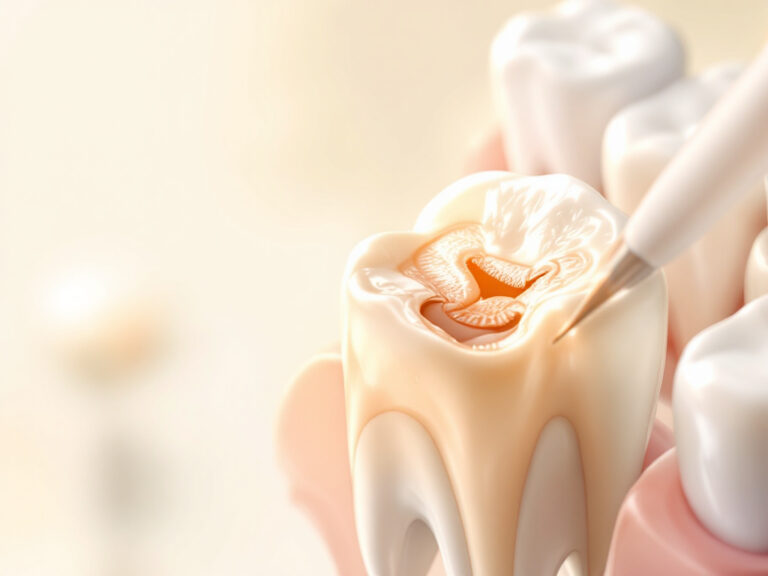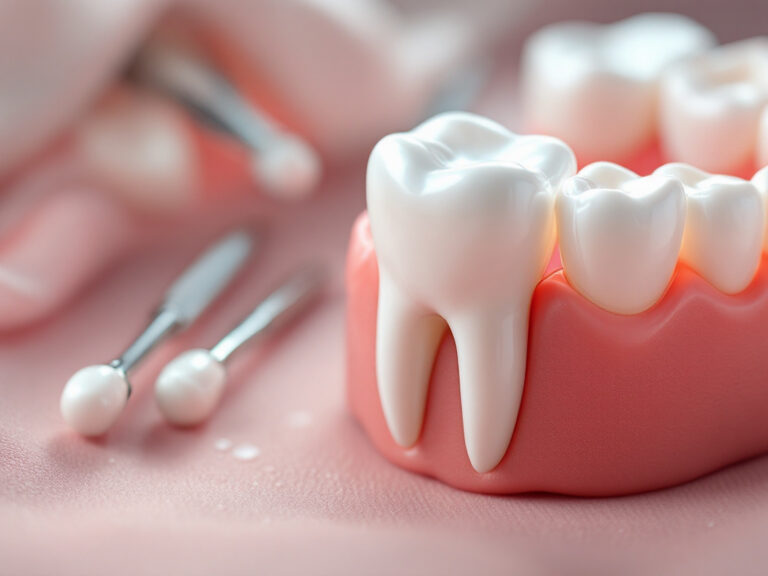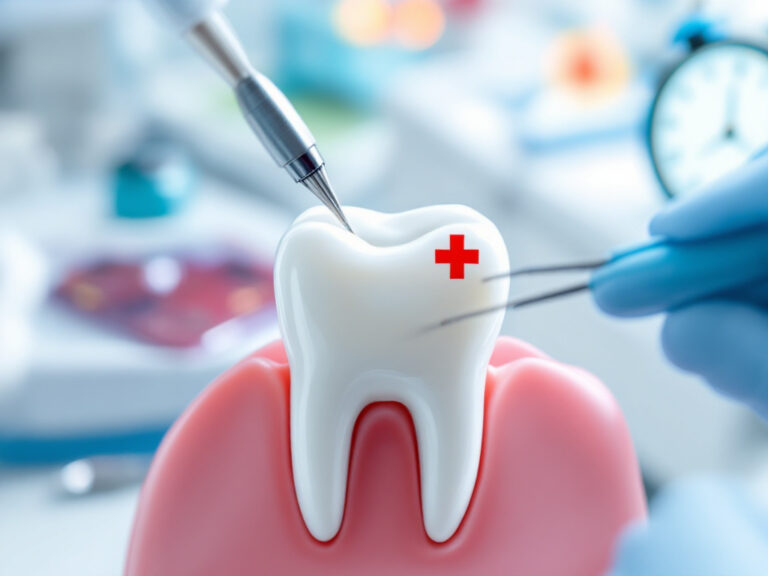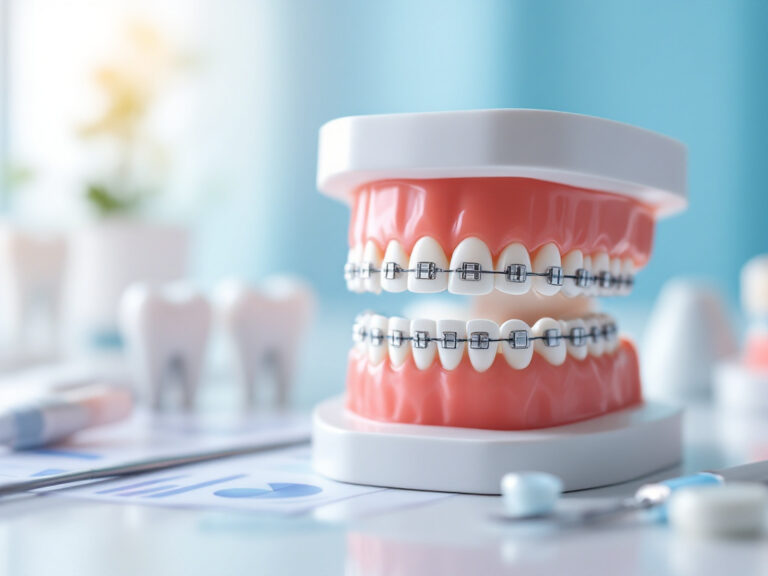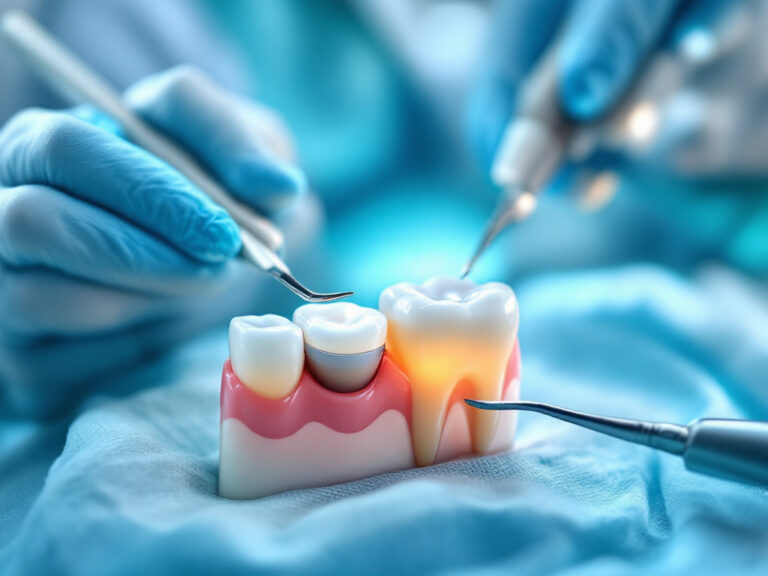Understanding crown basics
When you explore dental crown placement, you’re looking at a proven restorative dental solution to repair and protect damaged teeth. A dental crown is a tooth-shaped cap that covers and strengthens a weak, broken, or decayed tooth, or restores a tooth after a root canal or dental implant. By encasing the entire visible portion of your tooth above the gum line, a crown can restore both function and appearance, helping you maintain long-term oral function and smile integrity.
Dental crowns can address a variety of issues:
- Reinforcing a tooth after a large filling or extensive decay
- Protecting a tooth following root canal therapy
- Restoring a dental implant abutment
- Improving the shape, size, or color of a tooth
With proper care, most crowns last between 5 and 15 years, and quality materials can extend that lifespan to 15–20 years, translating to an annual cost of roughly $80–$300 for maintaining your restoration [1]. Modern dentistry offers crowns made from metal, porcelain, ceramic, and zirconia, each designed to meet your functional needs and aesthetic goals.
Step-by-step crown procedure
Planning and preparation
Before your dental crown placement, your dentist evaluates your tooth and surrounding tissues. You may need:
- A clinical exam and digital X-rays to assess tooth structure
- Cavity repair and restoration or a filling if decay is present
- Root canal therapy services if the pulp is inflamed or infected
- Assessment of adjacent teeth for possible composite dental fillings or porcelain inlay and onlay treatment
Preparing your tooth and impression
On the first visit, your dentist administers local anesthesia to numb the area. They then reshape the tooth by removing a thin layer of enamel to accommodate the crown. After shaping, your dentist takes an impression or uses a digital scanner to capture the exact dimensions of your prepared tooth.
Temporary crown placement
While your permanent crown is being fabricated in a dental lab (usually over 2–3 weeks), you’ll wear a temporary crown secured with gentle cement. This protects your tooth and helps you maintain normal function.
Fitting your crown
At the second visit, your dentist removes the temporary restoration and checks the fit, shape, and color of your permanent crown. They adjust your bite as needed before permanently cementing the crown in place, ensuring a comfortable fit and proper alignment.
Note: Some offices offer same-day crowns using CAD/CAM technology, allowing you to receive a custom crown in one visit. We’ll cover this option in a dedicated section below.
Exploring material options
Choosing the right crown material affects durability, aesthetics, and cost. Your dentist will recommend the best option based on your bite forces, smile goals, and budget.
Metal crowns
- Composition: gold alloy, palladium, nickel, or chromium
- Advantages: exceptional strength, minimal enamel removal, ideal for molars
- Cost range: $800–$1,400 per tooth [1]
Porcelain-fused-to-metal (PFM) crowns
- Composition: metal core with porcelain overlay
- Advantages: strength from metal, more natural look
- Considerations: porcelain may chip over time, potential wear on opposing teeth
- Cost range: $1,000–$1,800 per tooth
All-ceramic or porcelain crowns
- Composition: lithium disilicate (E-Max), pressed ceramic, or zirconia
- Advantages: excellent esthetics, biocompatibility, suitable for front and back teeth
- Cost range: $1,200–$2,500 per tooth
Zirconia crowns
- Composition: monolithic zirconia
- Advantages: unmatched durability, low risk of cracking, tooth-colored
- Cost range: $1,500–$3,000 per tooth
For purely cosmetic restorations, consider porcelain crown restoration to achieve a seamless match with adjacent teeth.
Factoring cost and insurance
Understanding the financial aspects of dental crown placement helps you plan and avoid surprises.
| Material option | Cost per tooth (without insurance) |
|---|---|
| Metal crowns | $800–$1,400 |
| Porcelain-fused-to-metal (PFM) | $1,000–$1,800 |
| All-ceramic or porcelain | $1,200–$2,500 |
| Zirconia crowns | $1,500–$3,000 |
According to GoodRx, the average out-of-pocket cost ranges from $800 to $2,500, depending on material and dentist fees [2].
Most dental insurance plans classify crowns as “major restorative” procedures and cover up to 50% of the expense after you meet your deductible. Annual maximums typically range from $1,000 to $2,000 [3]. Note that additional treatments, such as a root canal or core buildup, can add $50–$2,100 each to your total [2].
To manage costs, explore options like insurance covered dental restoration or flexible financing through affordable restorative dentistry programs.
Embracing same-day crowns
If you prefer a streamlined experience, same-day crowns leverage in-office CAD/CAM technology. Here’s what to expect:
- Digital scan of your prepared tooth
- On-site milling of a custom ceramic crown
- Final fitting and cementation in one appointment
Benefits include saving time, reducing the need for a temporary crown, and often achieving a precise fit. However, not all cases are suitable for same-day restorations, especially complex bite relationships or multiple crowns. Speak with your provider to see if you qualify for this advanced option [4].
Ensuring proper fit
A well-fitted crown distributes biting forces evenly and prevents complications. Your dentist will:
- Check the crown’s margins for tight adaptation to the tooth
- Evaluate your bite (occlusion) to avoid high spots
- Make fine adjustments to ensure comfort and function
Proper fit minimizes the risk of gum irritation, tooth sensitivity, and uneven wear on opposing teeth. Don’t hesitate to voice any discomfort during your fitting appointment—early tweaks can prevent future issues.
Caring for your crown
Maintaining your crown ensures it lasts as long as possible. You should:
- Brush twice daily with a soft-bristle toothbrush and fluoride toothpaste
- Floss gently along the gum line to remove plaque at the crown margin
- Avoid chewing on ice, hard candies, or nonfood items
- Wear a night guard if you grind or clench your teeth
- Attend regular dental check-ups for professional cleaning and inspection
If your crown feels loose, damaged, or painful, contact your dentist promptly for emergency dental crown replacement.
Recognizing possible complications
Even with precise placement, crowns can encounter issues. Use the table below to diagnose common symptoms and actions:
| Symptom | Possible cause | Recommended fix |
|---|---|---|
| Sensitivity to hot or cold | Exposed dentin at crown edge | Visit dentist for adjustment or re-cementation |
| Pain or discomfort when biting | High bite spot or poor fit | Occlusal adjustment by your dentist |
| Loose or wobbly crown | Cement degradation | Prompt evaluation, potential re-cementation |
| Chipped or fractured crown | Excessive force, bruxism, hard foods | Repair or replace crown, consider night guard |
| Gum irritation or decay | Plaque buildup at crown margin | Improved hygiene, professional cleaning, margin redefinition |
| Allergic reaction to materials | Sensitivity to metal alloys | Material switch to ceramic or zirconia |
Being proactive about minor concerns helps preserve your restoration and overall oral health [5].
Maximizing long-term function
To get the most from your crown placement:
- Maintain consistent oral hygiene to protect surrounding tissues
- Use a custom mouthguard if you suffer from bruxism
- Address bite imbalances with bite correction dental treatment
- Preserve underlying tooth structure by avoiding unnecessary adjustments
- Stay current with professional exams and cleanings
These habits support the longevity of your crown and safeguard your restored tooth against future damage.
Choosing your provider
Selecting a skilled dentist or prosthodontist greatly impacts your crown outcome. Look for professionals who:
- Hold relevant credentials and demonstrate experience in restorative dentistry
- Offer digital scanning and CAD/CAM technology for precise fit
- Provide comprehensive emergency care and cracked tooth repair service
- Discuss alternative restorations, such as composite dental fillings, porcelain inlay and onlay treatment, dental bridge replacement, or partial denture replacement when crowns aren’t ideal
- Guide you through dental implant consultation and tooth replacement solutions if you need implant-supported crowns
- Include full-mouth care options like a full mouth restoration program and bite correction dental treatment for complex cases
Discuss financing, warranties, and follow-up care to feel confident in your choice. A trusted provider will tailor your treatment plan, ensuring your crown placement aligns with your oral health goals and smile aspirations.


